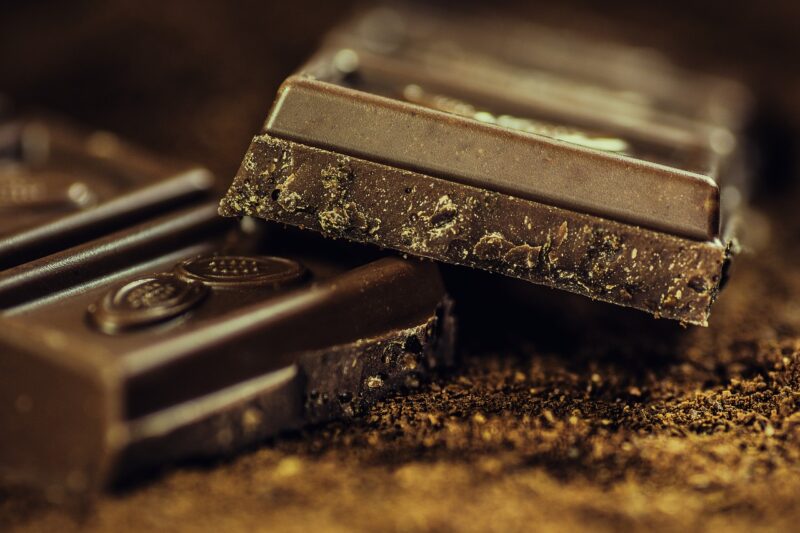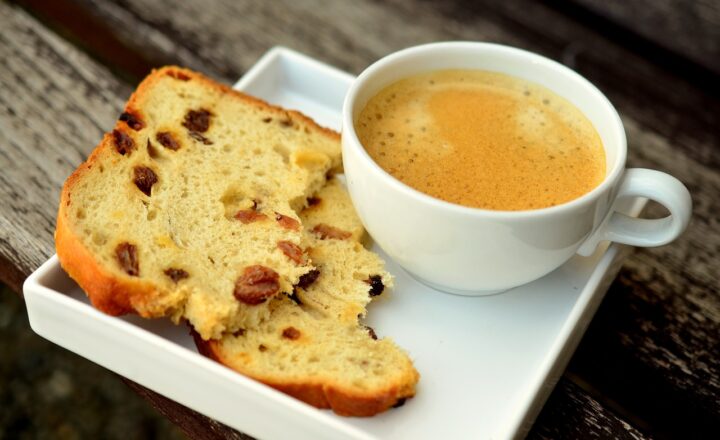Craft Chocolate: How Different Roasting and Grinding Techniques Create Flavor
November 11, 2024

Craft chocolate has emerged as a delectable artisanal movement, bringing chocolate lovers unique flavors and exquisite experiences unlike anything mass-produced. Behind every handcrafted bar lies a complex interplay of techniques, especially during the roasting and grinding stages, that can significantly affect the final taste profile. This article delves into the specifics of how varying roasting temperatures, times, and grinding methods contribute to the diverse world of craft chocolate flavor.
1. Understanding Cocoa Beans: The Building Blocks of Chocolate
Cocoa beans, the raw material for chocolate, are the seeds of the cacao tree’s fruit. These beans come from different regions, each with distinct flavor notes influenced by the local climate, soil composition, and processing methods. Craft chocolate makers emphasize the importance of sourcing high-quality beans to ensure superior flavor potential.
Different cocoa varieties also contribute to the flavor complexities:
- Forastero: Known for its robust and earthy flavors, it is the most commonly grown cacao variety.
- Criollo: Considered the rarest and most flavorful, it offers delicate and sophisticated taste notes, often with fruity and floral hints.
- Trinitario: A hybrid of Forastero and Criollo, it combines strength with nuanced flavors, making it a popular option among craft chocolatiers.
The quality and variety of cocoa beans set the foundation for the chocolate, but the roasting process is where the magic begins.
2. The Art of Roasting: Temperature and Time
Roasting cocoa beans is crucial, as it develops flavor compounds and reduces bitterness. Understanding the parameters of roasting is key to creating diverse and enjoyable flavor profiles. There are different techniques used in roasting, including:
- Light Roasting: Typically conducted at lower temperatures (around 250°F to 300°F), this technique retains more of the bean’s natural flavor. Light roasting emphasizes the fruity and floral notes while minimizing bitterness.
- Medium Roasting: Done at temperatures between 300°F to 350°F, medium roasting strikes a balance by enhancing the beans’ flavor complexity while developing the cocoa’s sweetness. This method produces richer caramel notes along with some acidity.
- Dark Roasting: Roasting at higher temperatures (350°F to 450°F) enhances bitterness and bold cocoa flavors. While this technique often brings out deeper notes of chocolate and more intense caramelization, it can overshadow the bean’s subtleties.
The duration of the roast is just as important as the temperature. Shorter roasting times preserve more of the natural characteristics of the cocoa beans, while longer times can lead to the development of new flavors through Maillard reactions. Chocolate makers often experiment with both time and temperature to find the perfect roast that complements their unique flavor goals.
3. Grinding Techniques: The Transformation into Chocolate
Once roasted to perfection, the cocoa beans must be crushed into liquor, a crucial step in chocolate production. The grinding technique significantly affects the texture and final flavor of the chocolate. Significant grinding methods include:
- Conching: This process involves continuous mixing, aerating, and refining chocolate liquor for hours or even days. It helps to develop smooth textures and mellows harsh flavors, allowing the more subtle notes to emerge. Different conching times and temperatures can drastically alter the flavor and mouthfeel.
- Stone Grinding: Some craft chocolate makers use traditional stone grinders, which allow for slower and cooler grinding. This method preserves the delicate flavors and helps develop a finer texture. Stone grinding is particularly popular in small-batch chocolate production.
- Ball Milling: Common in larger production facilities, ball milling uses stainless steel balls to grind and mix chocolate ingredients. This process can intensify flavors but sometimes results in a loss of the subtlety found in stone grinding.
Ultimately, the choice of grinding method will depend on the desired final taste and texture. Combine this with different roasting techniques, and you open up a palette of flavors unique to each batch of craft chocolate.
4. The Flavor Wheel: Identifying Flavor Notes in Craft Chocolate
Craft chocolate’s complex flavors can often be explored through a flavor wheel, helping enthusiasts identify and enhance their tasting experiences. Some common flavor categories include:
- Fruity: We often find citrus, berries, or tropical fruits in lighter-roasted chocolates.
- Nutty: Rich nut flavors typically result from medium and dark roasts.
- Cacao: A true chocolate taste that emerges in roasts that highlight the bean’s origin and quality.
- Floral: Delicate and subtle notes often retained in lightly roasted varieties.
- Spicy: These notes can emerge from darker roasts, offering warmth to chocolate.
Tasting craft chocolate is an art; identifying the various flavor notes allows consumers to appreciate the intended complexities made possible through meticulous roasting and grinding.
5. The Future of Craft Chocolate: Innovation and Exploration
As chocolate enthusiasts continue to seek out unique flavors and experiences, craft chocolate makers innovate more than ever. Creative approaches include experimenting with different bean origins, incorporating new cacao varieties, and employing unconventional roasting and grinding methods. This pursuit of different flavor profiles invites endless appreciation from consumers eager to explore the depths and nuances of craft chocolate.
Additionally, emerging trends like bean-to-bar production enable chocolate makers to oversee every aspect of the process, from bean selection to the roasting and grinding techniques used. This hands-on approach connects artisans directly with consumers, emphasizing the story behind every bar of craft chocolate.
Ultimately, the craft chocolate movement celebrates the beauty of flavor and the creativity of those who produce it, transforming each bite into a delightful experience.
Conclusion
Craft chocolate is more than just a sweet treat; it’s a testament to the intricate artistry behind its creation. The choices chocolate makers make regarding roasting and grinding techniques can create an expansive range of flavors that continuously evolve with the ever-growing craft movement. Understanding these processes can enhance our appreciation for each bar we savor.
As you embark on your own journey through the world of craft chocolate, take the time to savor the subtleties of flavor and recognize the dedication that goes into crafting each delicious bite.








